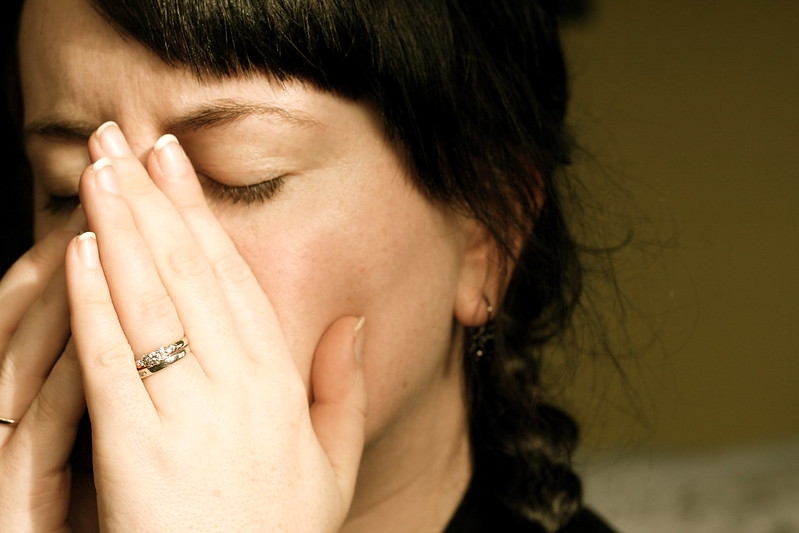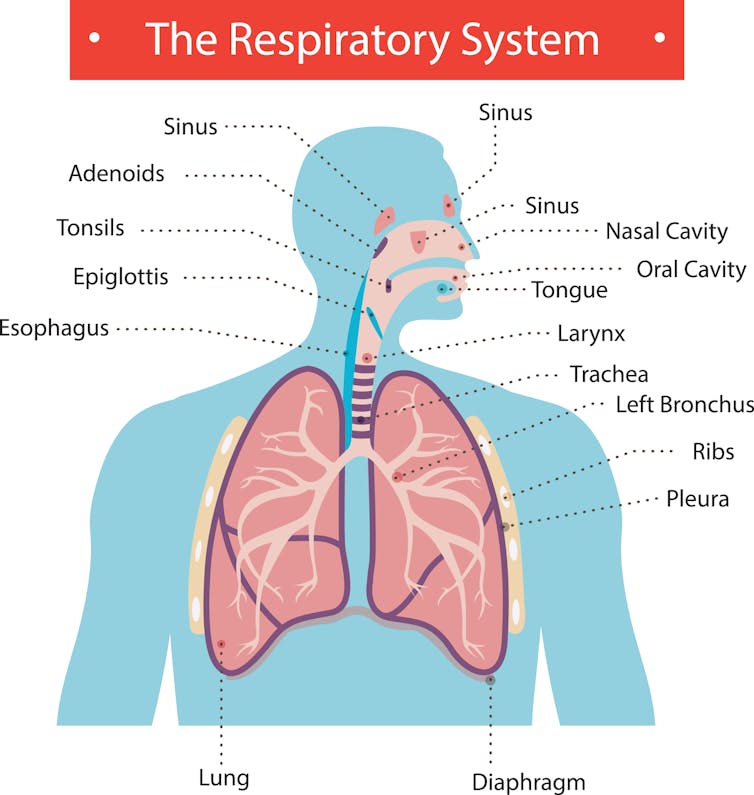For centuries, doctors and care givers have listened to the different types of cough in search of clues to help diagnose underlying disease.
Coughs are a valuable diagnostic tool, but how do you know if you’ve got a relatively harmless cough, a coronavirus cough – or something else altogether?
An occasional cough is healthy, but one that persists for weeks, produces bloody mucus, causes changes in phlegm colour or comes with fever, dizziness or fatigue may be a sign you need to see a doctor.
Cough questions
If you’ve gone to see a doctor about a cough, he or she will want to know about:
- how long has the cough lasted? Days, weeks, months?
- when is the cough most intense? Night, morning, intermittently throughout the day?
- how does the cough sound? Dry, wet, barking, hacking, loud, soft?
- does the cough produce symptoms such as vomiting, dizziness, sleeplessness or something else?
- how bad is your cough? Does it interfere with daily activities, is it debilitating, annoying, persistent, intermittent?
COVID-19 cough: dry, persistent and leaves you short of breath
The most prominent symptoms of COVID-19 are fever and fatigue, and you may feel like you have a cold or flu. Cough is present in about half of infected patients.
Considering that COVID-19 irritates lung tissue, the cough is dry and persistent. It is accompanied with shortness of breath and muscle pain.
As disease progresses, the lung tissue is filled with fluid and you may feel even more short of breath as your body struggles to get enough oxygen.
Wet and phlegmy or dry and hacking?
A wet cough brings up phlegm from the lower respiratory tract (the lungs and lower airways, as opposed to your nose and throat) into the mouth. The “wet” sound is caused by the fluid in the airways and can be accompanied with a wheezing sound when breathing in. The lower airways have more secretory glands than your throat, which is why lower respiratory tract infections cause a wet cough.
A dry cough doesn’t produce phlegm. It usually starts at the back of the throat and produces a barking or coarse sound. A dry cough does not clear your airways so sufferers often describe it as an unsatisfactory cough.
Shutterstock
Nose and throat infections cause irritation to those areas and produce a hacking dry cough with sore throat. These types of cough are often seen in flu or cold.
Sometimes a cough can start off dry but eventually turn wet.
For example, the lung infection pneumonia often begins with a dry cough that’s sometimes painful and can cause progressive shortness of breath. As infection progresses, the lung air sacs (alveoli) can fill up with inflammatory secretions such as lung tissue fluid and blood, and then the cough will become wet. At this stage, sputum becomes frothy and blood-tinged.
What about whooping cough?
Whooping cough is caused by bacterial infection that affects cells in the airways and causes irritation and secretion.
Symptoms include coughing fits that end in a loud, “breathing in” noise that often sounds like a long “whoop” and leaves you gasping for air. Mucus is often expelled.
Prolonged, forceful coughing can damage your airways, or cause rib fractures or muscle tears – so it’s important to know when medical help is required.
So whatever your cough sounds like, keep an eye on it and see a doctor (either in person or via a telehealth appointment) if it doesn’t go away or gets worse.



 Delirium: this common and frightening syndrome looks like dementia, but comes on much faster
Delirium: this common and frightening syndrome looks like dementia, but comes on much faster  Are private hospitals really in trouble? And is more public funding the answer?
Are private hospitals really in trouble? And is more public funding the answer?  Unbelievable Discovery: Common Onion Could Slash Blood Sugar Levels by a Jaw-Dropping 50%
Unbelievable Discovery: Common Onion Could Slash Blood Sugar Levels by a Jaw-Dropping 50%  What is stereotactic radiation therapy for prostate cancer? How does it compare to other treatments?
What is stereotactic radiation therapy for prostate cancer? How does it compare to other treatments?  Breakfast Secrets: 'Fiber-rich Foods Are the Key to Weight Loss!' Experts Reveal Shocking Truth
Breakfast Secrets: 'Fiber-rich Foods Are the Key to Weight Loss!' Experts Reveal Shocking Truth  Workplace wellbeing programmes often don’t work – but here’s how to make them better
Workplace wellbeing programmes often don’t work – but here’s how to make them better  Scabies Surge Sparks Alarm: Doctors Warn Brits, 'Don't Ignore That Rash!'
Scabies Surge Sparks Alarm: Doctors Warn Brits, 'Don't Ignore That Rash!'  Airdropping vaccines to eliminate canine rabies in Texas – two scientists explain the decades of research behind its success
Airdropping vaccines to eliminate canine rabies in Texas – two scientists explain the decades of research behind its success  Friday essay: ‘I know my ache is not your pain’ – disabled writers imagine a healthier world
Friday essay: ‘I know my ache is not your pain’ – disabled writers imagine a healthier world  Just 21 Minutes of Cycling a Day Is 'All You Need' for Total Health, Claims Expert
Just 21 Minutes of Cycling a Day Is 'All You Need' for Total Health, Claims Expert  For type 2 diabetes, focusing on when you eat – not what – can help control blood sugar
For type 2 diabetes, focusing on when you eat – not what – can help control blood sugar  Urgent Alert: New COVID Variant Causes Alarming Symptoms—You Must Know This!
Urgent Alert: New COVID Variant Causes Alarming Symptoms—You Must Know This!  Fitness apps can reveal your location – updated laws would help plug this hole in our personal security
Fitness apps can reveal your location – updated laws would help plug this hole in our personal security  Why do we yawn when we see someone else yawn?
Why do we yawn when we see someone else yawn? 


































